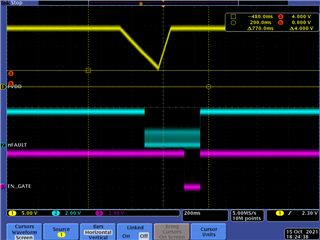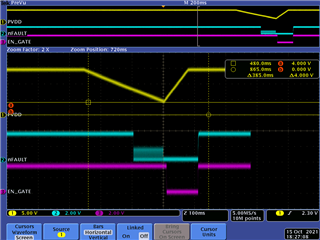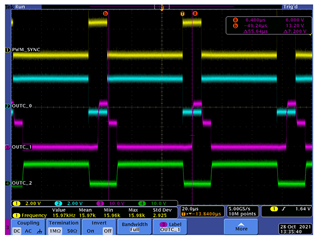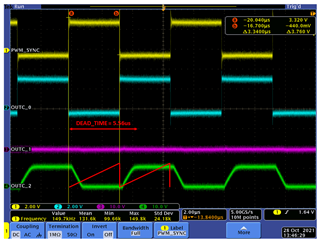Other Parts Discussed in Thread: DRV8305, , , LAUNCHXL-F280049C
1.VCPH charge pump
Customer would like to know timing diagram of "PVDD、VCPH、CP1L、CP1H、CP2L、CP2H" in tripler mode and double mode.
They would like to know how to generate PVDD+10V.
2.VVCPH_OVLO
What kind of situation is supposed, VCPH become over 14V.
3.VVCPH_UVLO2 ,VVCP_LSD_UVLO2
What kind of situation is supposed, VCPH,VCP UVLO work.
4.EN_GATE and nFAULT
When EN_GATE is always low, please let us know nFAULT pin behavior in this situation.
5.Variation of IDRIVE
Please let us know variation of IDRIVEP_HS,IDRIVEN_HS,IDRIVEP_LS,IDRIVEN_LS.
6.VDS_OCP
Please let us know variation of tBLANK,tVDS.
7.VDRAIN pin
Please let us know how much sink current of VDRAIN pin.









